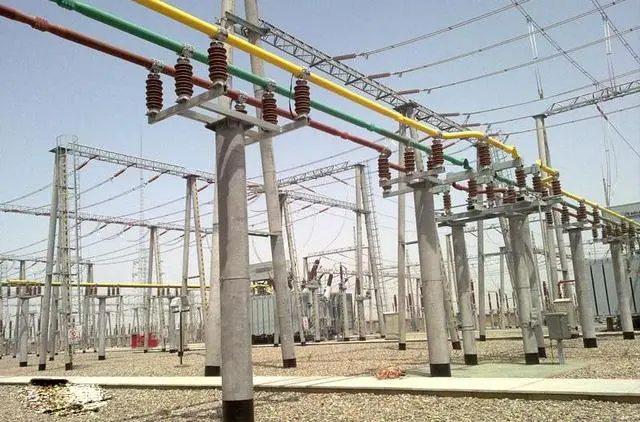What Is the Function of Busbar? What Are the Commonly Used Types?
Busbar, busbar function and busbar classification
Question: What is a busbar?
Answer: In the substation, the connections between voltage distribution devices at all levels, as well as the connections between electrical equipment such as transformers and corresponding distribution devices, mostly use bare conductors or stranded wires with rectangular or circular cross-sections, which are collectively called busbars.

Question: What is the function of the busbar?
Answer: The function of the busbar is to collect, distribute and transmit electrical energy. Since the busbar has a huge amount of electric energy passing through it during operation, it is subject to great heating and electrodynamic effects during short circuit. Therefore, the busbar material, cross-sectional shape and cross-sectional area must be reasonably selected to meet the requirements of safe and economical operation.
Q: What are the common types of busbars?
Answer: Soft busbar: It is generally used outdoors. Due to the large space, the wires can swing and the distance between the wires will not be insufficient. The soft busbar is easy to construct and low in cost.
Tubular busbar: In recent years, in the design of substations, for busbars above 35kV, there are tubular busbars made of aluminum alloy materials. This busbar structure can reduce the distance between busbars. The knotting is clear and the maintenance is small, but the busbar fixing hardware is relatively complicated.
knowledge expansion
1. Why are overhead ground wires generally not installed on distribution lines below 10kV?
The insulation strength of distribution lines below 10kV is generally not high. If an overhead ground wire is installed on such a line, once a lightning strikes the overhead ground wire, it is easy for a "counterattack" to occur from the ground down conductor to the distribution line, which not only causes It has no protective effect against lightning strikes. On the contrary, it will cause lightning damage. In addition, the cost of installing overhead ground wires is also very high, so overhead ground wires are generally not installed on distribution lines.
2. Why does the hard busbar need to be equipped with a telescopic compensation device?
When current passes through the busbar, it generates heat. The heat generated is proportional to the square of the current passing through the busbar. The thermal expansion and contraction of the hard busbar will cause dangerous stress on the busbar porcelain bottle. Installing a busbar compensator can effectively reduce this stress. effect.
3. What overvoltage protection measures are generally adopted for high-voltage overhead lines?
Protection against direct lightning strikes such as erecting lightning protection wires, using lightning rods to protect individual areas, and using lightning arresters, protective gaps, etc.; protection against counterattack (flashover), when lightning strikes the top of the pole or lightning protection wire, due to the tower inductance and grounding resistance , the lightning current may cause the tower potential to reach a value that causes the line insulation to counterattack (flashover discharge to the conductor). Usually, grounding resistance, reinforced insulation and increasing coupling coefficient can be used for protection.
178
0
0


Comments
All Comments (0)